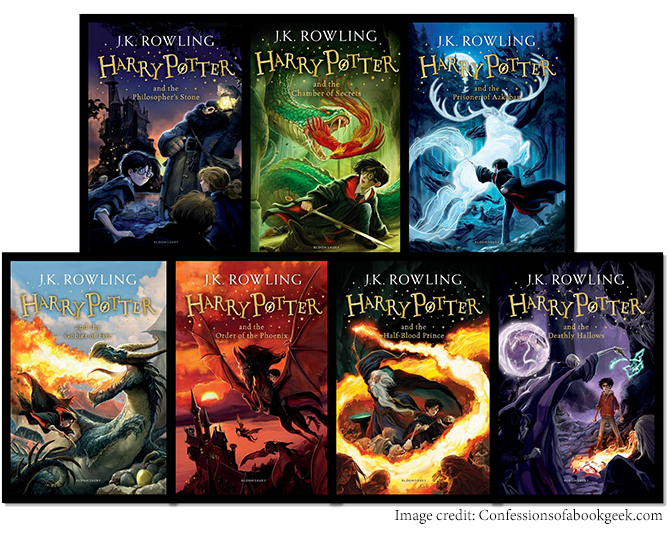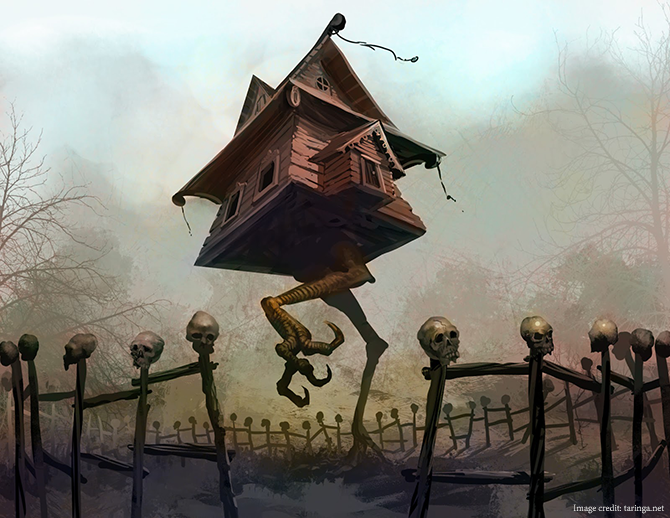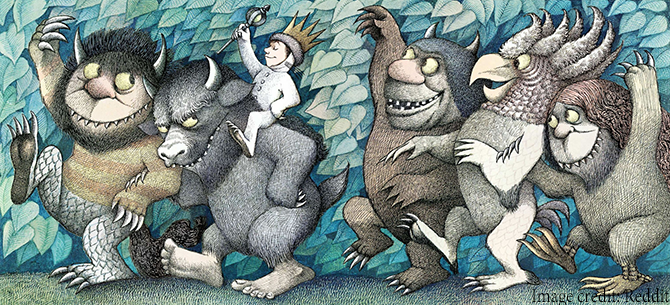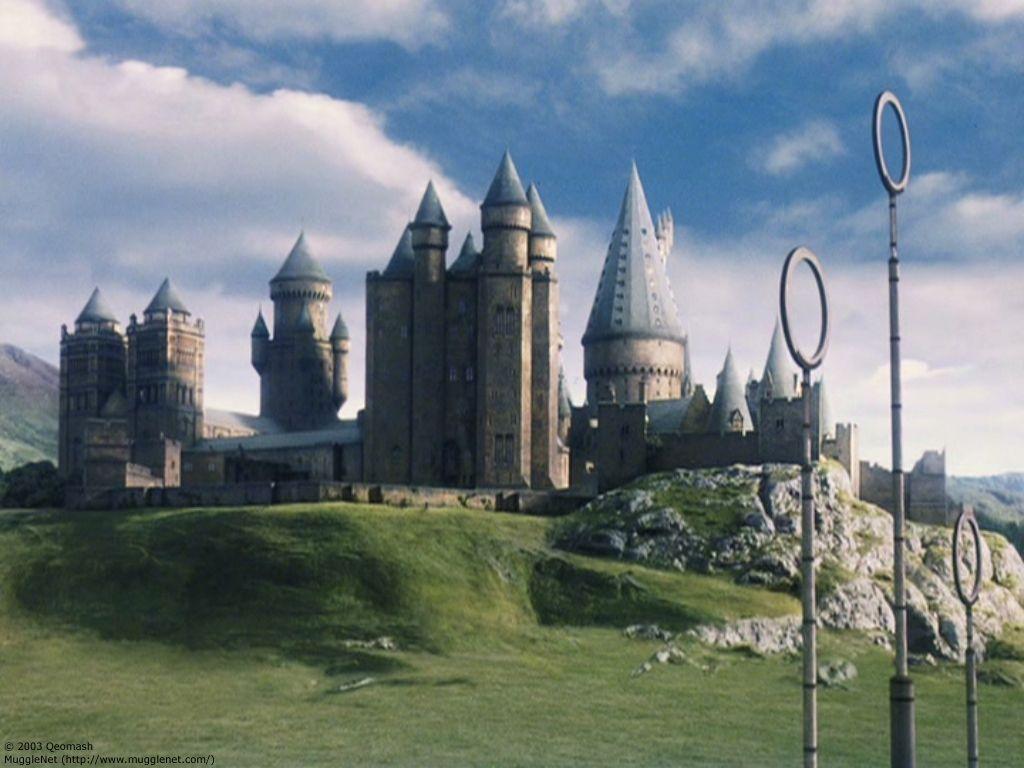How to Capture a Young Reader’s Mind: 5 Essential Tips
As recently as ten years ago, children’s literature was in the doldrums, seen as a poor investment by publishers. When the Harry Potter books burst onto the scene, authors in the field saw their opportunities with young readers expand.
In fact, when the final Harry Potter installment was published in 2007, it was the fastest selling book ever recorded. The BBC reported that an estimated 15 million were sold in 24 hours. Since then, there’s been real interest in writing specifically for children.

With greater opportunities opening up for children’s authors, it’s a perfect opportunity to take the step into writing specifically for children. Below are five essential steps you should consider when starting out in the children’s literature field.
Target your audience
Get to know who you’re writing for and what age group they fall into – as what suits a 9 year-old girl is going to be very different from an 11 year-old boy. This is one of the hardest aspects of writing for children, without making the finished work boring or condescending.
Once you’ve decided on your target age-group, you’ll also need to pick a genre and stick to it. JK Rowling is most famous for her Harry Potter books, a genre in which she’s created herself as a powerhouse. Less attention is given to her later works for adults, despite the Cormoran Strike books being a good read.

As a writer, it isn’t just what you write about that’s important. You will also have to alter (sometimes drastically) the language and sentence length whilst keeping clarity.
This will depend on whether you’re writing for really little ones or slightly older children. Words that might be appropriate for older children might be overly complicated for really little ones.
At the same time, it’s unwise to talk down to children. For example, compare the simple but appropriate language used with the “Spot the Dog” series, to old classics like Mary Norton‘s “The Borrowers” series. The former is great for a really young audience, because of its easily understood language and heavy use of pictures. The latter’s developing storylines are creative and unusual, yet use language appropriate for the slightly older target age-group of young readers.
Old can be gold
Every book needs a good storyline and dreaming up an entirely new one that’s never been written before is great. On the other hand, just because you’re re-working an old theme doesn’t mean you can’t get creative. It’s all about inventiveness.
As long as you avoid overdone cliches like talking animals, it’s about finding a niche for yourself according to the trends. And this is where the likes of JK Rowling got it just right. Rowling took an already well-worn theme (let’s face it, what kid doesn’t love a bit of magic?!) and made it her own.
She completely rewrote the wizarding world in a modern setting, placing an ordinary young boy in an extraordinary situation. Rather than placing it in an entirely magical context, Rowling also ensured there were plenty of elements from the muggle world.
This made it a lot more realistic for readers who also found Harry and his friends more relatable. You don’t necessarily need to pressurise yourself into developing completely new ideas – as with Rowling, it just takes a bit of out-of-the-box thinking to make old themes literary gold!
Memorable and eccentric characters and situations
Remember that children aren’t mini-adults – they see the world differently from adults, and different things catch their eye. This is where the element of silliness comes in.
Whereas with young readers you don’t need overly complicated characters, the older your target audience, the more you will need to invest in creating distinct personalities. That means including realistic characters, complete with little mannerisms either with funny names or peculiar character traits (or both!).
This will add both humour and realism to your book. Who doesn’t remember Hagrid, the big, hairy giant with an afinity for dangerous animals? Unusual characters, like the hut on chicken’s legs that chases after little children, as in the Baba Yaga tale from Russia, make books and stories memorable.

It’s little traits like this that create catchy characters – and this is why you should know your characters inside out. As the author, it’s in your control to create people on paper that play on your readers’ emotions. They don’t even need to be likeable – their unusualness really stick out and form part of the story.
Present tense vs past tense
It’s easy to think of the “Once upon a time” starting point for children’s books and young readers, where the events take place in a distant time. However, the current trend in the children’s market is for books to be written in the present tense.

This has the benefit of adding more immediacy to the story as well as making the story more engaging for young readers. The target audience can also get more involved with the action in the book as it happens.
On the other hand, there’s nothing wrong with using the past tense, especially when you’re recreating events set firmly in the past.
A sub-section to this is what voice should the book be in? If the central character is actively involved in almost all the scenes, then it’s most likely you’re going to be in the first person. If not, then the third person may give you more flexibility with which to work.
Lean and simple or rich in imagery
The Harry Potter series was an exception to the general picture rule for young readers, in that it didn’t feature any illustrations. But the majority of the most loved children’s books are synonymous with their pictures as much as their storyline.
Think of books like “Where the Wild Things Are“, or the works of Roald Dahl and Quentin Blake, Allan and Janet Ahlberg and to some extent Enid Blyton‘s “Famous Five” books.

Most books in this genre use their cartoon-like illustrations to play up the events in the story. Children love pictures as much as they do a good story – and this can really help make or break a child-orientated book.
Adding pictures not only attracts the little readers to the book, it also helps add depth to the words. It can also help you cut down on the number of words. First time authors can frequently add too many words to their text.
Having said that, a book can create beautiful imagery through its wording – it’s about striking a fine balance balance between a more wordy story or a story with words and pictures.
So between these tips, you have your work scoped out for you. Just stay focused, stay inspired, map it out and write away!
You might also like:
Children’s and YA Authors: Don’t miss these 13 Resources













Eagles Chiemerie
February 10, 2017thanks for sharing